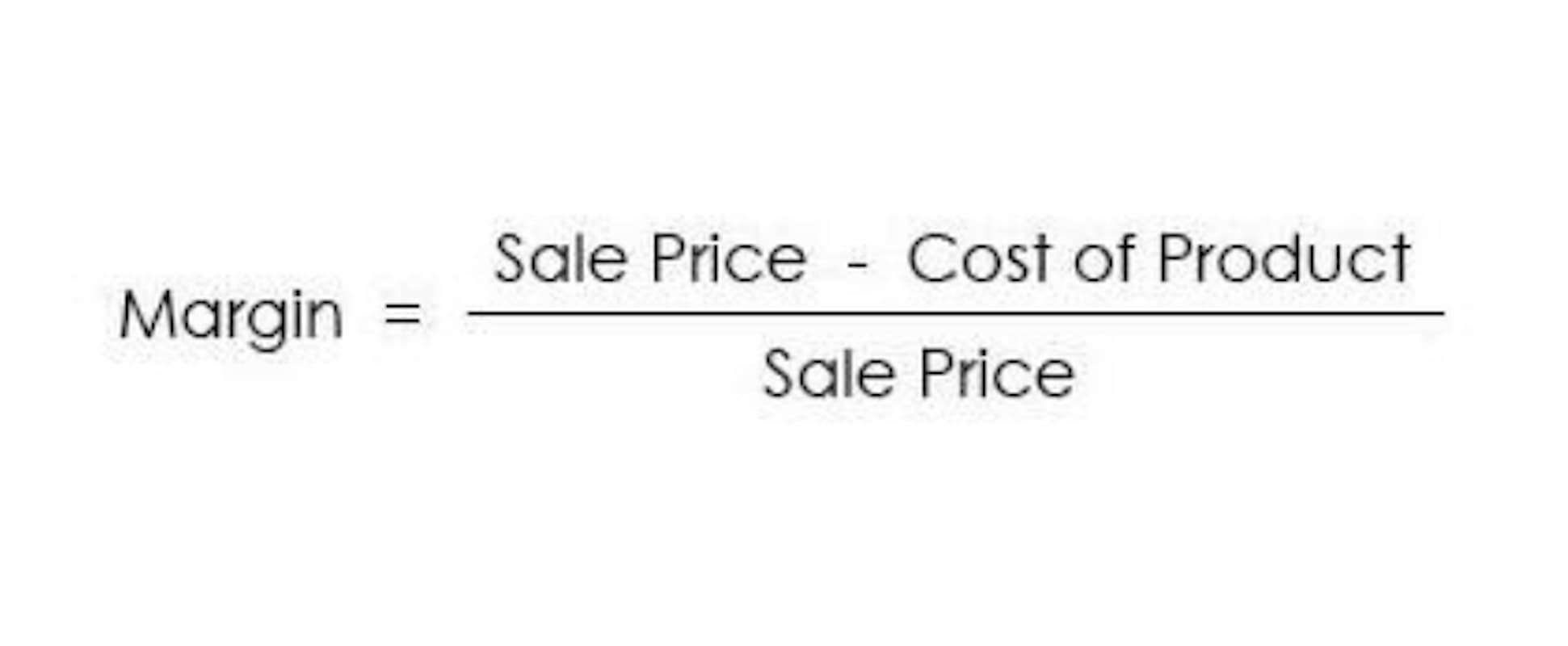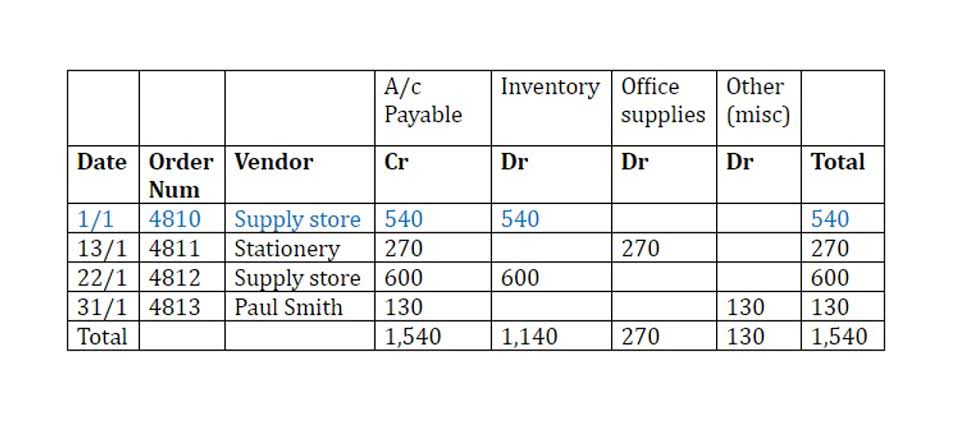
Utilize the point-of-sale system for your sales, cost of sales and inventory sub-ledgers. At the end of each month, add the grand totals of sales, cost of sales and change in inventory in the point-of-sale system to the respective QuickBooks general ledger accounts. There are various ways to accomplish this within QuickBooks, and your accountant can recommend a procedure that works best for you. Limiting the use of general journal entries to actual corrections will save you time and aggravation during an audit. First, create a separate class for each physical location (dispensaries and cultivation facilities) within the QuickBooks file of each licensed marijuana entity.
Cannabis CPA Near Me: Finding The Right Accountant For Your Cannabis Business
Instead of investing in training and infrastructure, businesses can tap into a ready-made suite of services tailored for the cannabis industry. Given the unique tax implications of the cannabis industry, it’s vital to have a clear understanding of tax rates, exemptions, and filing deadlines. In this guide, we’ll delve into the basics of medical marijuana accounting, offering insights for beginner farmers and highlighting the importance of expert guidance in this burgeoning field. Among these services, accounting stands out as a critical component for ensuring business success and compliance. Cannabis businesses are met with several regulatory challenges due to the strict standards the laws set forth.

Navigating complex federal regulations when protecting your cannabis…
Cannabis accounting software also provides better financial management by integrating multiple business functions such as project management, customer relationship management (CRM), and an ERP system. When managing a cannabis business, it’s essential to use efficient and precise bookkeeping software to ensure your operations run smoothly. Additionally, Zoho lets businesses store digital copies of documents and attach them to transactions, manage purchase and sales orders, use timesheets for accurate billing, reconcile bank accounts, and more. Xero is our top pick for small cannabis businesses mainly because of its end-to-end accounting features normal balance (but in part due to its fantastic modern web and app interfaces). By considering these factors, you can confidently choose a cannabis accounting software that aligns with your business needs and supports your growth.
- Internal Revenue Code 471, the rule for inventories, can be explained as a process for figuring out how much it costs a business to make its products or goods.
- It’s essential to ensure your medical marijuana business complies with regulatory guidelines like the IRS 280e.
- A budtender could take product and then reduce the amount of inventory to reflect a reduction in product and thereby hide the theft.
- With all the federal and state regulations that make accounting for cannabis extremely complex, anyone who deals with keeping the books must do it right.
- The chart of accounts serves as a roadmap for organizing and categorizing financial data, which can facilitate accurate reporting and analysis.
- The IRS’s Section 280E prohibits deductions related to the sale of Schedule I substances.
- Apply this practice to the other legal entity QuickBooks files, at any level you many want to allocate and capture costs.
BONUS: Shoeboxed – Best for receipt management
While performing such audits may be somewhat inconvenient for staff, it enables the CEO or manager to get a precise snapshot view of the day-to-day operations in action, and whether or not standards are being met. Internal controls (rules, processes, and SOPs) minimize risk by reducing the mishandling or theft of product or cash as well as support any audit that your company will go through. They are how corporate governance “from the top” is applied to each important facet of a company’s operations.
For beginner farmers, understanding the basics of medical marijuana accounting is a pivotal first step towards long-term success. From cultivation to sales, labor is a significant expense in the cannabis industry. Tracking labor costs, understanding overtime implications, and categorizing them correctly is essential for profitability analysis. Accounting is a foundational aspect of any business, but when it comes to medical marijuana, the stakes are higher and the challenges more pronounced.

- Encourages small business and farmers to participate in the cannabis industry with the creation of microbusiness, cooperative and delivery license types.
- However, medical marijuana accounting can have additional complexities due to its involvement with the medical industry and insurance of qualifying patients.
- An effective inventory control system will establish and enforce procedures for conducting every operation of the site.
- To get through the rigors of tax season, CPAs depend on their tax preparation software.
Another significant tax issue to consider is the allocation of costs in a business that medical marijuana accounting includes not only the production or sale of marijuana but also activities outside the scope of Sec. 280E. For beginner farmers and established businesses alike, navigating this maze can be daunting. However, with the right tools, detailed record-keeping, and a commitment to staying updated on regulations, success is within reach. More importantly, partnering with specialized experts, like Cannacctg, can make all the difference.


As we delve deeper into the world of cannabis accounting, it becomes evident that the industry’s financial landscape is unlike any other. Whether you’re a seasoned farmer or just starting out, understanding Bookstime these challenges is the first step towards ensuring your business’s financial health and compliance. The IRS’s Section 280E prohibits deductions related to the sale of Schedule I substances.
Have Specific Questions?
Creating and submitting quarterly financial reports and your tax returns becomes much easier. Under each main category, transactions are further itemized into smaller categories. The Chart of Accounts (COA) helps organize your finances, increases internal accountability, and gives investors, auditors, and shareholders a clear view of your business finances. While it might seem like cannabis bookkeeping would negatively impact your chances of better future opportunities, the cannabis industry is a legitimate one in many states.
